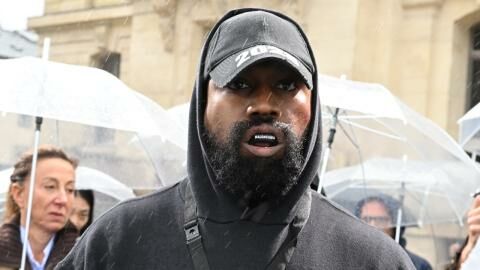Sophie, the Countess of Wessex is currently in Malawi as the Global Ambassador for the International Agency for the Prevention of Blindness. A trip that is inspired by Lady Louise Windsor's rare eye condition.
Discover our latest podcast
World Sight Day
The countess was Vice Patron of the Queen Elizabeth Diamond Jubilee Trust (QEDJT) and is the Global Ambassador for the International Agency for the Prevention of Blindness (IAPB).
Hello! declaresthatmore than one billion people live with preventable sight loss. The aim of the Queen Elizabeth Diamond Jubilee Trust, launched in 2012, is to end avoidable blindness across the Commonwealth and beyond.
#NEW The Countess of Wessex is meeting beneficiaries of Trachomatous Trichiasis surgery at the Maganga Clinic in Salima, Malawi on #WorldSightDay during her two-week visit to various African Countries 🇲🇼 pic.twitter.com/vqZIejTx4a
— CoutureAndRoyals (@CoutureRoyals) October 13, 2022
As such, Sophie, the Countess of Wessex, is marking World Sight Day in Malawi, where Her Royal Highness will celebrate the gains made in eliminating trachoma, an eye infection responsible for the blindness or visual impairment of about 1.9 million people, per African News Agency.
Per Mail Online, Sophie will visit a local clinic to find out more about sight-saving surgeries and treatments, meet patients and hear their stories.
A cause close to home
According to the Countess’s profile ontheIAPB website, Sophie is passionate about eliminating avoidable blindness. This passion was born from a very personal experience. Sophie Wessex’s daughter Lady Louise Windsor was born with esotropia, a rare eye condition.
The Mirrordescribes esotropia, also called ‘squint’, as a condition that makes people’s eyes look in different directions. Although it can go away independently, it can be problematic if it happens constantly and is untreated.
Express reported that the Countess of Wessex gave birth to Lady Louise prematurely, which impacted the young Royal’s health. The countess explained:
Premature babies can often have squints because the eyes are the last thing in the baby package to really be finalised.
Lady Louise underwent different surgeries to fix her eyesight. Louise underwent her first operation in 2006 but was unsuccessful, and her squint persisted. However, a second operation was successful and the young Royal's eyesight is now perfect.
#DailyWessex#Sophie#PrinceEdward#BRF#LadyLouise#Royalspic.twitter.com/H5JN7cI4gq
— misscuppa (@misscuppa) October 12, 2022
This experience led Sophie to research blindness, and shortly after the birth of her daughter, the Countess became the Global Ambassador for the International Agency for the Prevention of Blindness in 2003.
The Countess of Wessex has spent many years raising awareness for several sight charities, such as Seeing Is Believing, Orbis UK and The Visions Foundation.
Sources used:
- Hello!: 'Sophie Wessex's poignant trip inspired by Lady Louise Windsor's rare eye condition'
- The Mirror: 'Lady Louise Windsor: What is the rare eye condition she was born with?'
- Express: 'Lady Louise Windsor eyes: Sophie Wessex explains how daughter was born with eye condition'
- IAPB: 'HRH The Countess of Wessex GCVO'
- African News Agency: 'Countess Of Wessex Visits Malawi'
- Mail Online: 'Sophie on tour! Countess is elegant as she meets the president of Botswana and visits a school as part of her advocacy work to end avoidable blindness'
Read more:
⋙ Will Prince Edward still remain the Earl of Wessex after the Queen's death?
⋙ Lady Louise Windsor: This is what the Queen's favourite granddaughter is doing after her school
⋙ This Royal Family member had no idea their ‘Grandmama’ was the Queen















